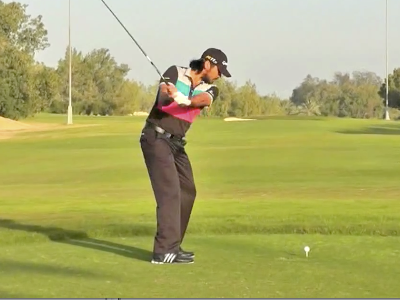Iron Tips for High Handicappers
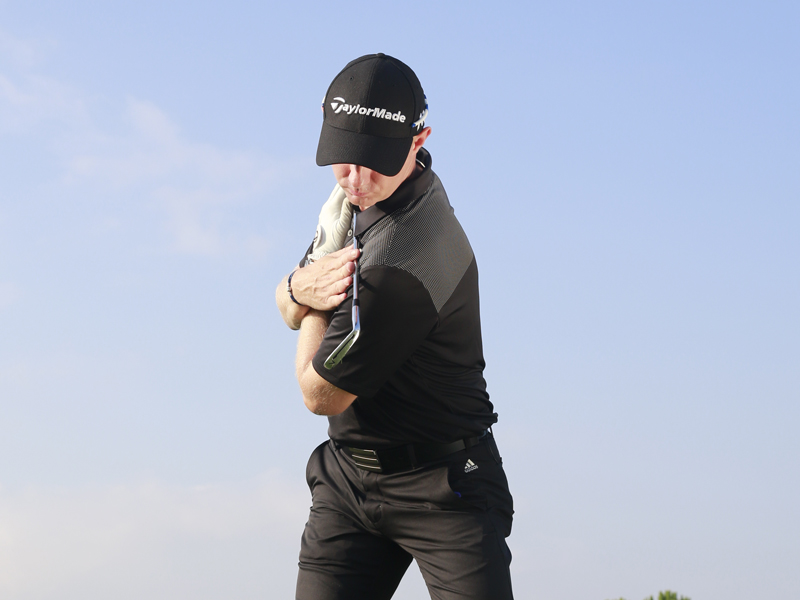
Is your ball-striking in need of some help? These iron tips for high handicappers have been produced to help you get from fairway to green more consistently...
One thing you’ll notice if you ever watch top-level professional golf is how different the swings are. Players like Jason Day have techniques born from the pages of textbooks while others such as Jon Rahm are more individual. There is more than one way to swing a club successfully but one thing every player has in common is good fundamentals at address. The best iron tips for high handicappers relate to working on the alignment, grip and stance. So before we get into the other elements work on getting the right foundations and the swing that follows is far more likely to deliver good results. An hour spent working on this in practice is the best and quickest way to improve your iron play.
WATCH: Rory McIlroy's 30-minute warm-up routine
Sweeter Strikes
Take one look at the spectrum of irons currently on the market and you’ll see a range of shapes and designs aimed at different golfers. For those looking to add consistency to their ball striking, we would strongly advise one of the larger-looking irons on the market. There are a few reasons for this but the most important relates to forgiveness. The larger size allows the engineers to more effectively manipulate the internal weight within the head. By pushing mass to the periphery, they are effectively able to increase the size of the sweetspot. A larger sweetspot means off-centre strikes will not be too badly affected. While a mishit with a smaller iron will come up a long way short of the green, a larger design will forgive the contact, giving you a much better chance of escaping with a par.
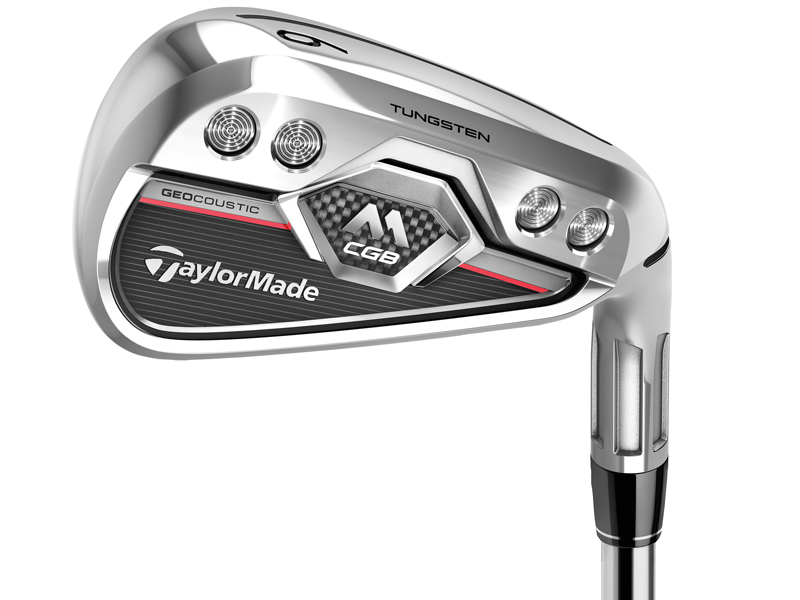
Latest Gear: TaylorMade MCGB Irons
Posture Pointer
Get the Golf Monthly Newsletter
Subscribe to the Golf Monthly newsletter to stay up to date with all the latest tour news, equipment news, reviews, head-to-heads and buyer’s guides from our team of experienced experts.
One of the most common faults that causes poor strikes relates to your posture. You should be able to set a strong, athletic posture at address and then retain that spine angle to impact. Look at how Dustin Johnson does this. He makes a full backswing rotation and then unwinds into the ball. Despite the power of his move, his posture remains constant even after impact - he stays down beautifully over the shot. This is the biggest key to better strikes with your irons.
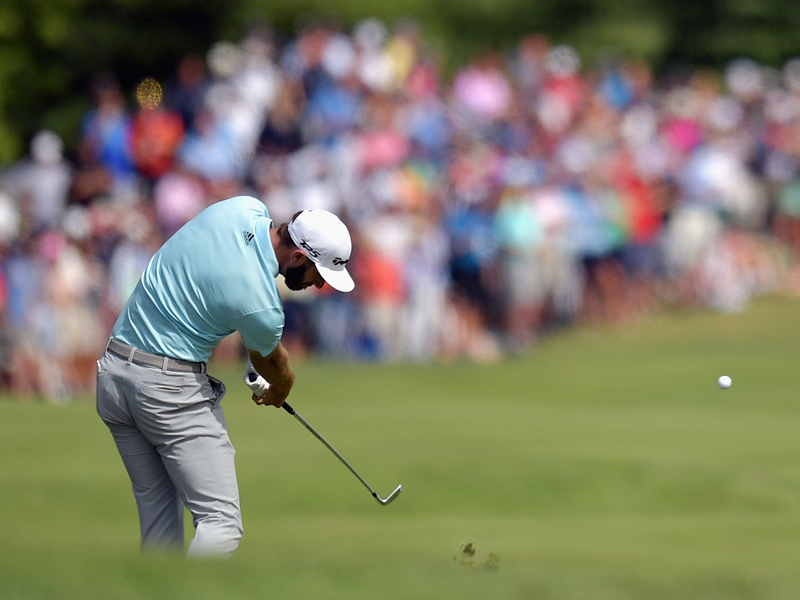
Trust The Loft
The correct weight movement during the golf swing goes something like this: split your weight evenly at address, then move your weight onto your back foot as you swing back, once your reach the top move your weight towards the target, then in the finish position 80% of your weight should be on your lead foot. Many amateurs get their weight moving in the opposite direction during the swing, leaning back at impact. If you fall into that category you’ll regularly make fat and thin contacts. Try the step drill to help improve your weight shift and your ball-striking. This is one of the most important iron tips for high handicappers. You will need to trust the loft of the clubs you are using to get the ball up and away more effectively.
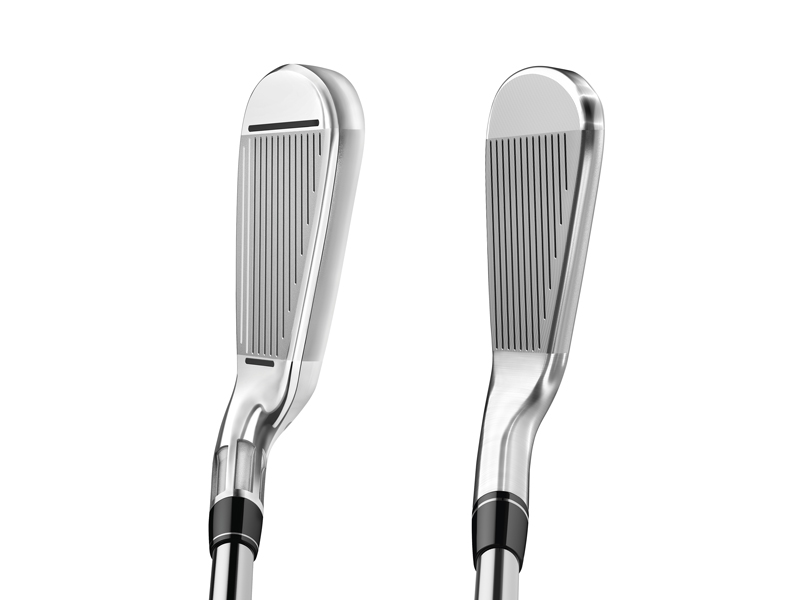
The TaylorMade MCGB (left) has a thicker topline than the TaylorMade P770 iron. Higher handicappers are likely to find irons with thicker toplines more inviting and confidence inspiring
Game Of Confidence
When you stand over the ball, how confident are you of making a crisp strike? If the answer is ‘no very’ you might want to consider a more confidence-inspiring equipment choice. What we are referring to here is the topline. Thicker toplines are more confidence-inspiring than slimmer, more traditional versions. As you look down at address, you will know there is more forgiveness packed into that iron allowing you to get away with off-centre contacts. As Bobby Jones famously once said, golf is a game played on the six inch course between your ears, – don’t underestimate the impact of your equipment on the confidence of your swing!
Gear Review: TaylorMade P790 Irons
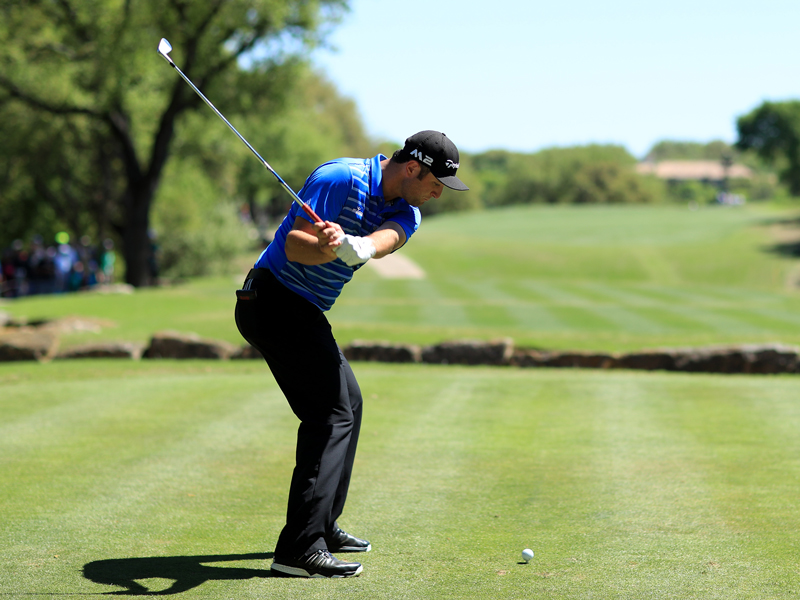
Jon Rahm retains his wrist angle until half way through the downswing. When he releases it, he will add crucial speed at the moment of contact
Natural Power
Have you ever wondered why the top players in the world seem able to swing smoothly but deliver incredible distance? That is down to certain key mechanics within the swing that help deliver distance. One of the best iron tips for high handicappers relates to ‘lag’ and this refers to the way your wrists work during the downswing. Half way through the backswing, your wrists will set. This angle is crucial and needs to be retained for as long as possible during the downswing. If you let this angle go too soon, you’ll hit fat and thin strikes and possibly slices as well. You will also be falling some way short of your true power-potential. Try to retain the wrist angle as Jon Rahm does here in the downswing. When you do release your wrists you’ll inject speed just where you need it most – at impact!
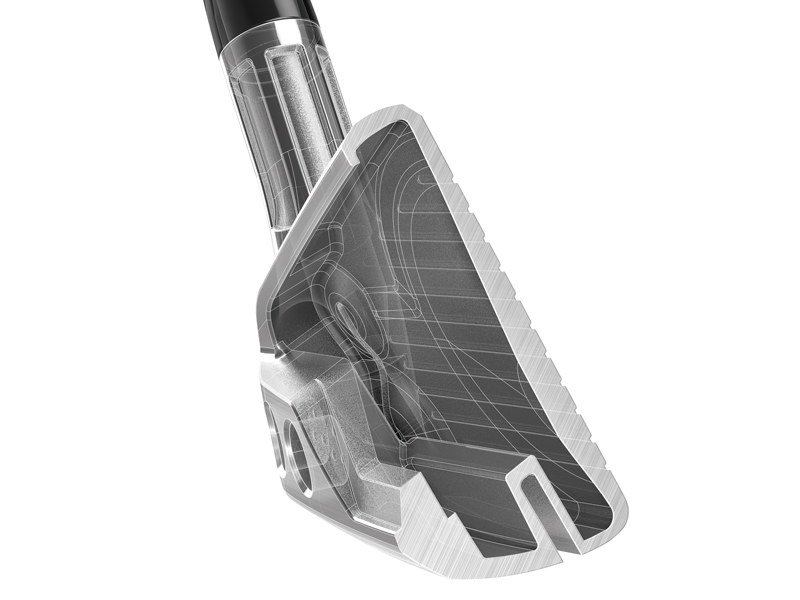
Swing Smooth, Hit High
The golf swing is a complicated movement. Making a full upper body rotation while keeping the club moving on a good path and delivering a crisp contact is easier said than done. That’s why your equipment choice needs to be as smart as possible. Modern distance irons are designed with a low, deep centre of gravity. This means you can make a smooth, controlled swing and get the ball comfortably airborne. A slimmer, more traditional-looking iron design requires a faster swing speed to achieve the same result. One of the best iron tips for high handicappers is to make things easier on yourself by selecting an iron that will do the hard work for you!
Articles created in partnership with TaylorMade.
-
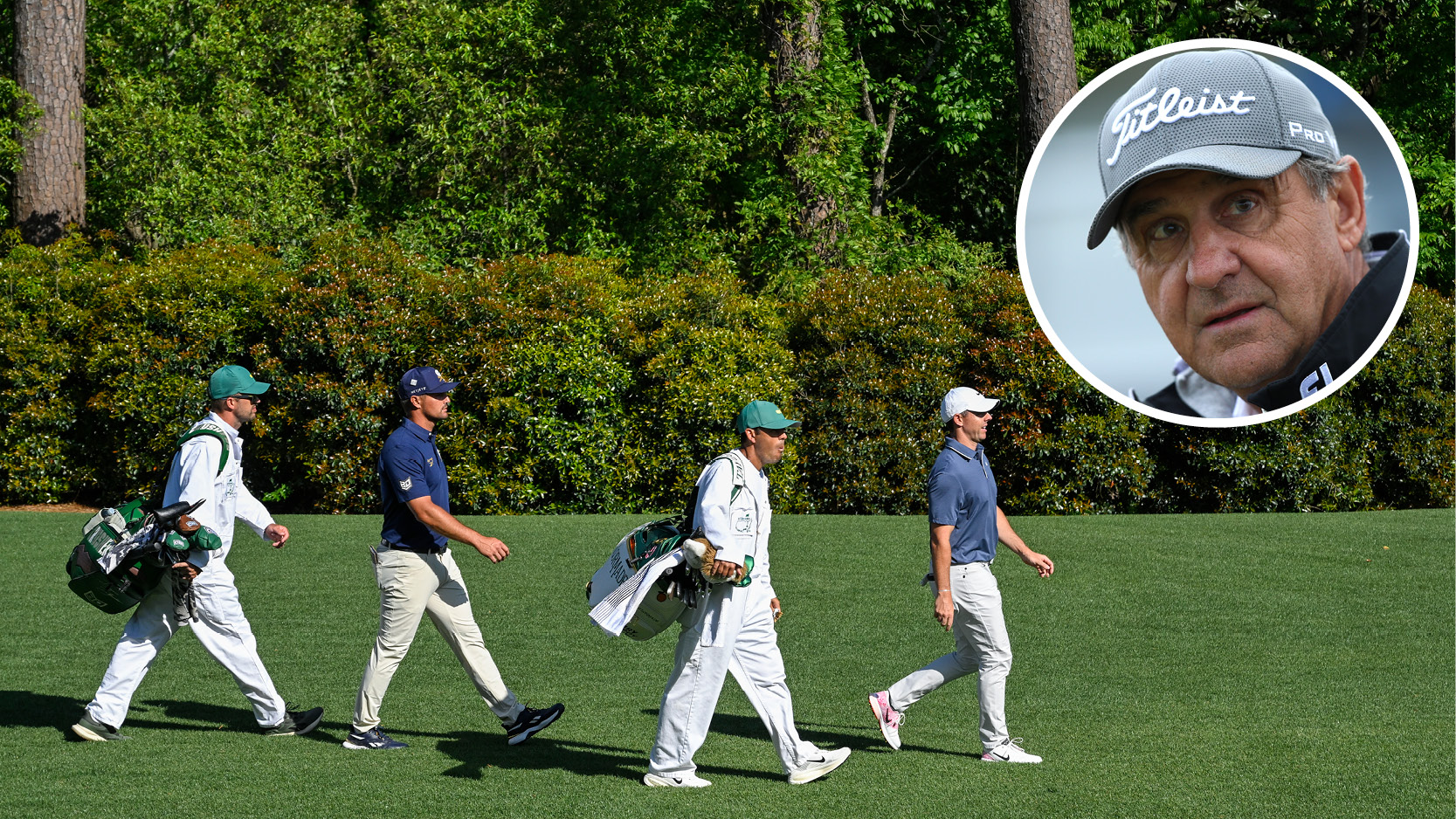 Rory McIlroy's Sports Psychologist Explains Why He 'Didn't Talk' To Bryson DeChambeau In Masters Final Round
Rory McIlroy's Sports Psychologist Explains Why He 'Didn't Talk' To Bryson DeChambeau In Masters Final RoundDeChambeau raised eyebrows at Augusta National when claiming that McIlroy wouldn't engage in conversation during the final round of The Masters
By Jonny Leighfield
-
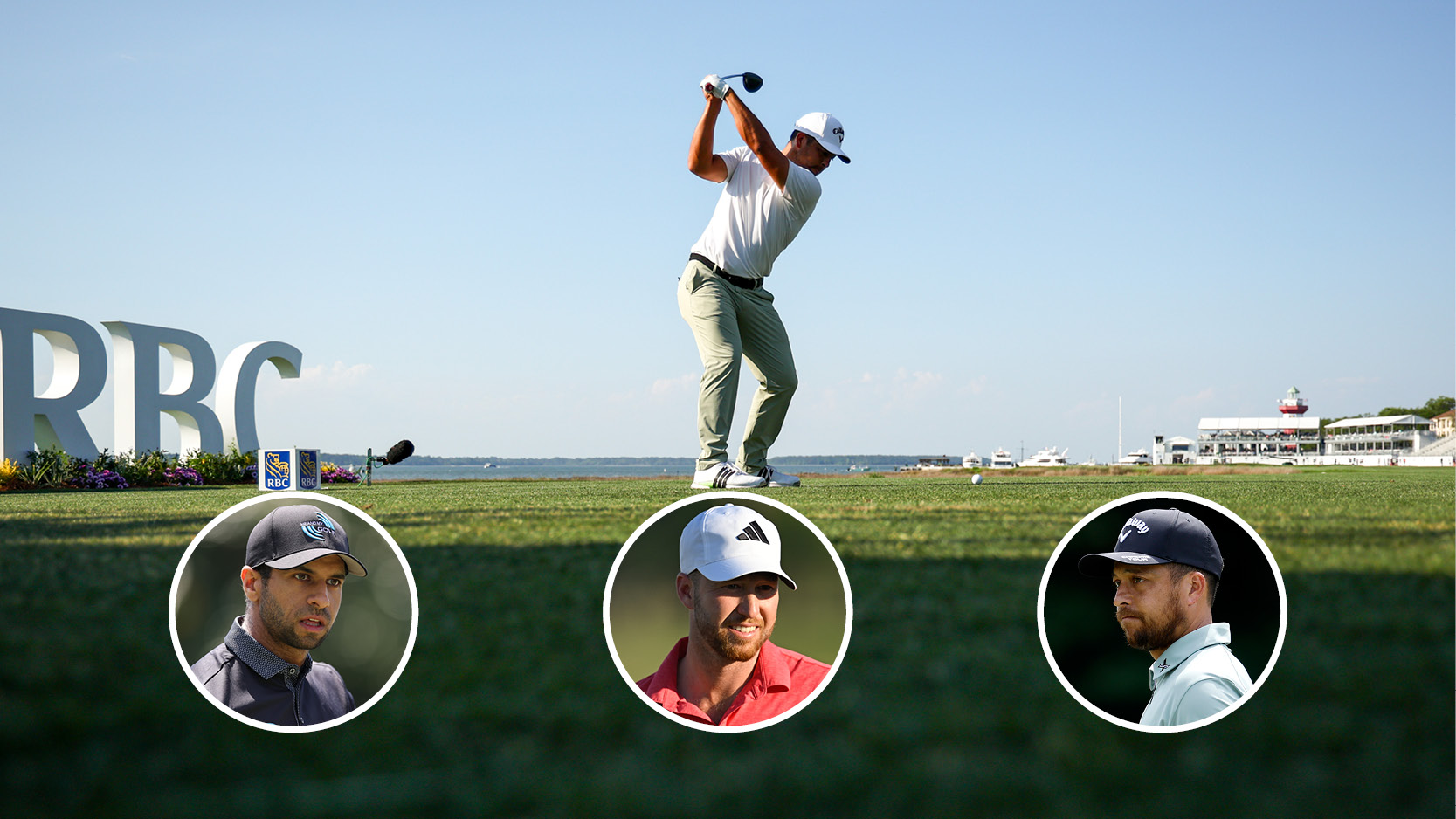 RBC Heritage 2025 Picks, Odds And Predictions
RBC Heritage 2025 Picks, Odds And PredictionsAfter a thrilling week at The Masters, the PGA Tour returns to Harbour Town Golf Links and the fifth Signature Event of 2025
By Matt Cradock
